KH left a note on the Recipes page about Okonomiyaki, a Japanese pancake. Our 17-year old niece Seo Yi, who is visiting from Korea, said, “I know how to make that!” We decided to give it a try.
In Asia, pancakes are eaten as we eat pizza or omelettes – as an all-purpose meal that can have an assortment of ingredients. Feel free to substitute ingredients at will; but this assortment worked very well for us.
Ingredients
The only unusual ingredient you need is yamaimo, the Japanese mountain yam. Yamaimo is also called nagaimo (or two words, yama imo or naga imo); or, can be called Chinese yam or Korean yam or even “slimy potato.” When grated, yamaimo releases a sticky liquid that helps the pancake stick together.
The ingredients may be divided into three groups. The first group makes a batter. We recommend:
- 100 g (2/3 cup) gluten free flour
- 1 tsp baking powder
- 100 ml (1/3 cup) bone broth
- 2 eggs
- Yamaimo (Japanese mountain yam)
The second group provides the vegetables and meats or seafood that make it a meal. We recommend:
- cabbage (2-3 leaves)
- green onion (2-3 stems) or onion (1 medium)
- shrimp (5 large)
- scallops (6 medium)
- shiitake mushrooms (6)
- sweet pickled ginger (optional)
- salt and pepper
Finally an assortment of toppings are added either during cooking or after cooking is done. We recommend:
- bacon (added during cooking)
- sour cream (added after cooking)
Other sauces — okonomiyaki (Chuno) sauce, spicy (Sriracha) sauce – and toppings (eg, dulse or bonito flakes) may be added to your taste. We wouldn’t go out of our way to pick up the Japanese sauces; but we consider the extra fat from the bacon and sour cream to be important, as the brings the macronutrient proportions in line with PHD recommendations and improve the taste.
We made several batches with slightly different sets of ingredients. Here are a few pictures of non-meat ingredients:
Cabbage leaves, eggs, green onion, gluten-free flour, yamaimo section, sweet pickled ginger..
Cabbage leaves, eggs, grated mozzarella cheese (as we mentioned, you can add almost any ingredient), yamaimo, gluten-free flour, baking powder, onion, shiitake mushroom.
And here are the meats we favor – bacon, scallops, and shrimp:
Preparation
Mix the gluten-free flour, baking powder, bone broth, and eggs in a mixing bowl. Peel the Yamaimo and grate it directly over the mixing bowl, releasing its sticky fluid into the batter. Mix well.
Cut the vegetable and meat ingredients into small pieces and mix into the batter. It will start to look like this:
These ingredient amounts will make enough batter for one very large pancake (filling a wok or griddle) or two smaller pancakes.
Warm a wok or griddle at medium heat and add a tablespoon of butter to grease the pan. Pour in the batter and reduce the heat to medium-low.
A large pancake will require ten minutes per side at medium-low heat, smaller pancakes will require about five minutes per side. While the first side is cooking, lay bacon over the top of the pancake and add some batter over the top to help seal the bacon in:
When the first side is sufficiently cooked, flip the pancake and cook the other side. Here is a smaller size pancake – note that it doesn’t fill the pan:
When finished, the large pancake looks like this:
Here is a smaller pancake on a serving plate:
Cut the pancake into slices like a pizza and serve with sour cream:
Or with sour cream and okonomiyaki sauce:
Variations
Any number of meats, toppings, and sauces can be added. Some cooks add potato chips to give the pancake a crunchy texture; we tried this once and it didn’t improve the taste, so we don’t recommend including potato chips.
Here is one variation — so easy a dog can do it! Watch how the Yamaimo releases its sticky fluid when grated:
Conclusion
Okonomiyaki is delicious, is an Asian street standard, and yet most Americans have never tried it. Asians love pancakes, and you’ll know why after trying this!







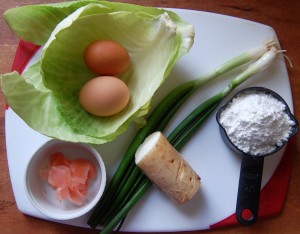
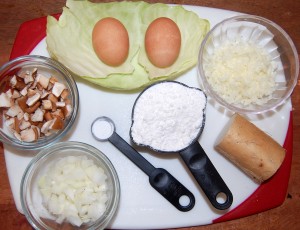
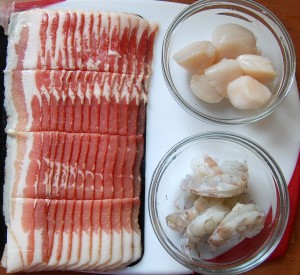
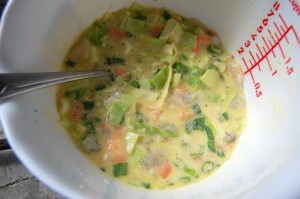
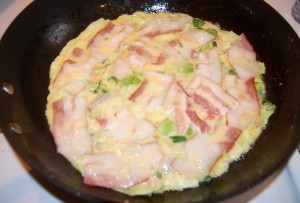
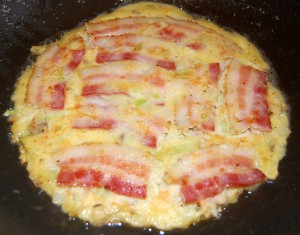
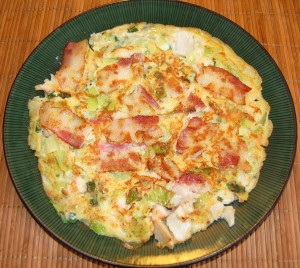
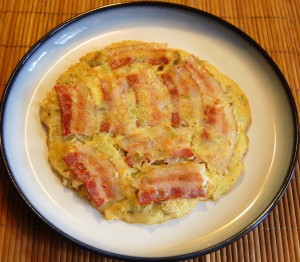
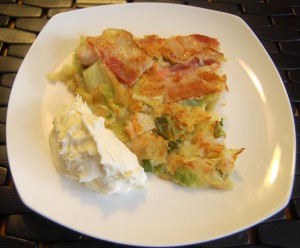
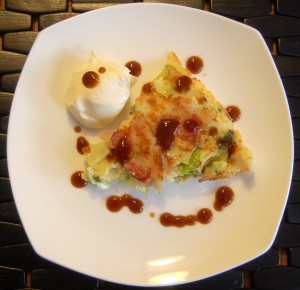
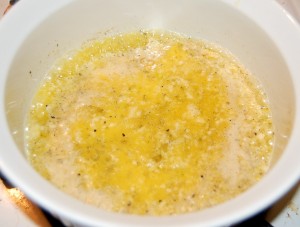
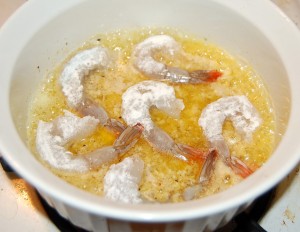
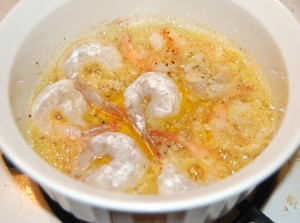
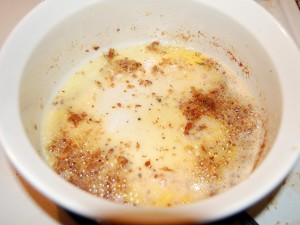
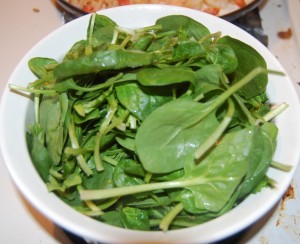
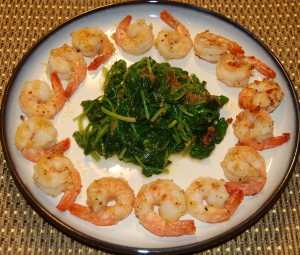
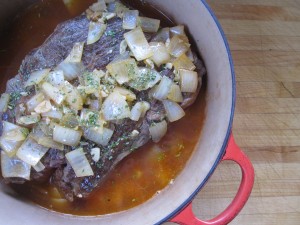
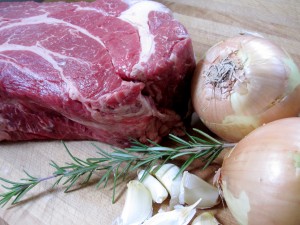
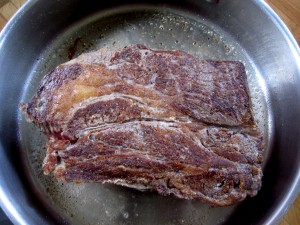
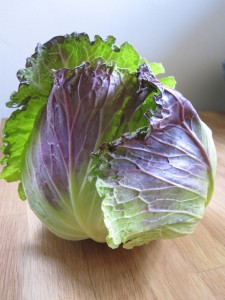
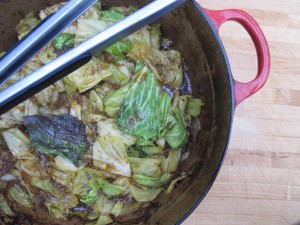
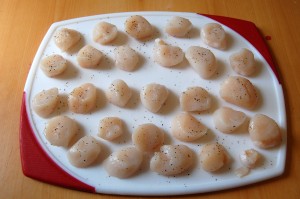
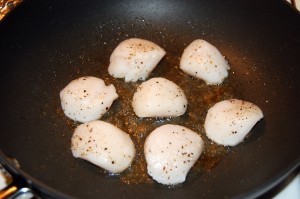
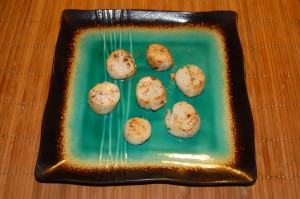
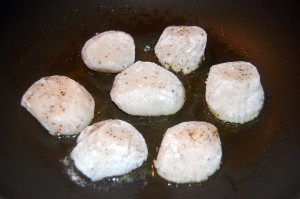
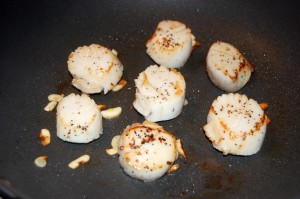
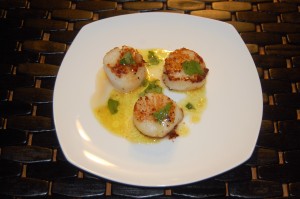




Recent Comments